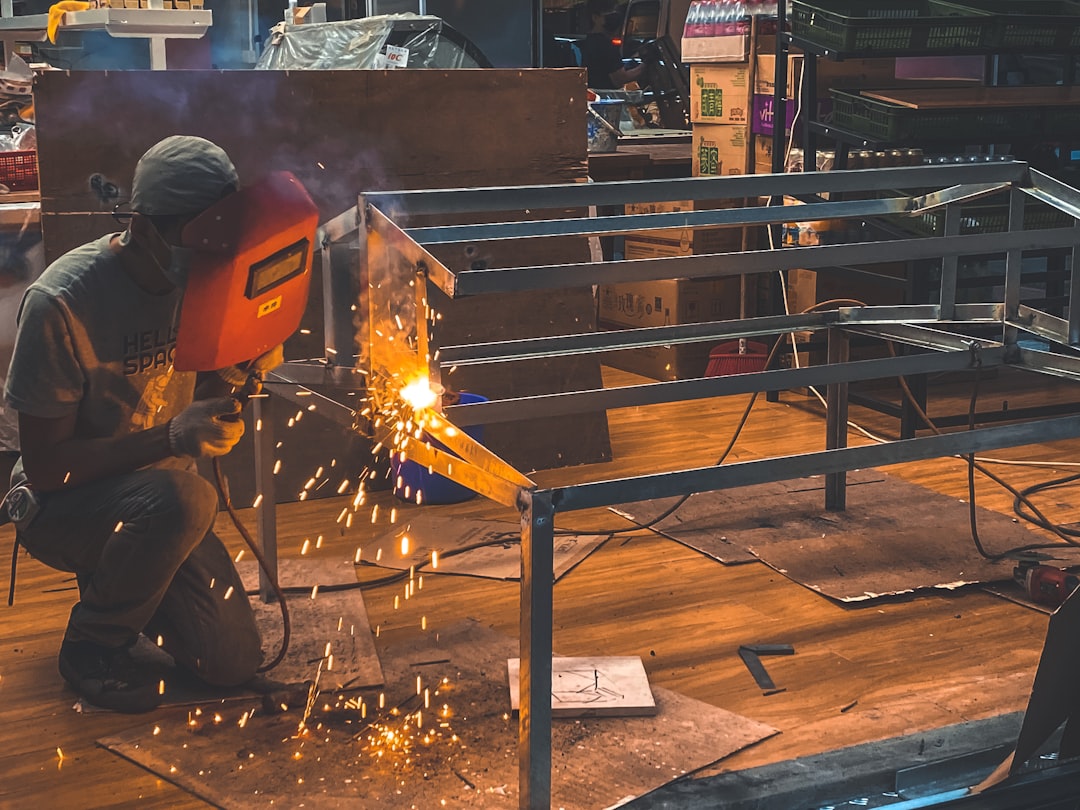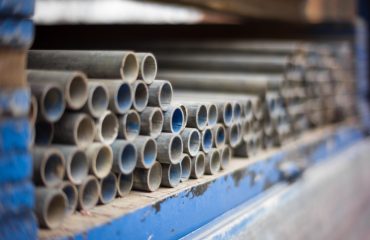The European Union’s CE marking is a crucial symbol indicating a product’s conformity with EU health, safety, and environmental protection legislation. For steel manufacturers and suppliers, understanding the CE certification process is paramount for accessing the vast European market. This comprehensive guide will unravel the complexities of obtaining CE certification for your steel products.
1. Understanding the CE Marking and its Relevance to Steel
The CE marking isn’t a quality mark; it’s a declaration of conformity. It signifies that the manufacturer has met all the essential requirements set by relevant EU directives and harmonized standards for the specific product. For steel, this often relates to structural applications within the construction industry, but can also extend to other sectors depending on the steel’s intended use. The absence of a CE mark can lead to significant legal repercussions, including fines and market exclusion. It’s essential to understand that the CE marking process isn’t a one-size-fits-all solution; the specific requirements vary depending on the type of steel product and its intended application. For instance, reinforcing steel bars will have different certification requirements compared to steel sheets used in automotive manufacturing.
2. Key European Standards and Directives for Steel Certification
The foundation of CE certification for steel lies in adherence to relevant European standards (EN standards) and directives. These standards specify the technical requirements a steel product must meet to ensure safety and performance. Commonly referenced standards for steel include those related to mechanical properties (tensile strength, yield strength, elongation), chemical composition, and dimensional tolerances. The specific standards will depend heavily on the type of steel and its application. For example, structural steel used in buildings will need to comply with EN 10025, while steel for pressure vessels might require adherence to EN 10216-2. These standards are regularly updated, so staying abreast of the latest revisions is critical. Additionally, the relevant EU directive will dictate the specific conformity assessment procedures that must be followed to obtain the CE marking. This often involves testing by a Notified Body.
3. The Role of Notified Bodies in Steel CE Certification
Notified Bodies are independent organizations designated by a Member State to assess the conformity of products with EU legislation. Their involvement is crucial for certain conformity assessment procedures, particularly for high-risk products. For steel, a Notified Body might be involved in factory inspections, product testing, and the verification of the manufacturer’s quality management system. Choosing the right Notified Body is crucial. You should look for a body with relevant expertise in steel products and a good reputation for impartiality and competence. The Notified Body will conduct audits and inspections to verify that your manufacturing processes and products meet the required standards. Their involvement adds credibility and assurance to the CE marking, providing confidence to customers and regulators.
4. The Process of Obtaining CE Certification for Steel Products
The steps involved in obtaining CE certification for steel products vary depending on the specific product and the chosen conformity assessment procedure. However, a typical process includes:
- Product Identification and Classification: Accurately identifying the type of steel product and its intended application is crucial to determine the relevant standards and directives.
- Compliance with Relevant Standards: Ensuring that the steel product meets all the essential requirements specified in the applicable EN standards.
- Internal Production Control: Implementing a robust quality management system (often ISO 9001) to ensure consistent product quality.
- Testing and Verification: Undertaking necessary testing and verification procedures, either internally or through a Notified Body.
- Declaration of Conformity: Preparing and signing a declaration of conformity, affirming that the product meets all the relevant requirements.
- CE Marking: Affixing the CE marking to the product and its packaging.
- Technical File Maintenance: Maintaining a comprehensive technical file documenting the conformity assessment process.
5. Maintaining Compliance and Ongoing Obligations
Obtaining CE certification isn’t a one-off event. Manufacturers have ongoing obligations to maintain compliance. This includes:
- Regular Internal Audits: Conducting regular internal audits to ensure the continued effectiveness of the quality management system.
- Monitoring of Standards Updates: Staying informed about updates and revisions to relevant EN standards and EU directives.
- Record Keeping: Maintaining accurate records of all testing, inspections, and other conformity assessment activities.
- Responding to Market Surveillance: Cooperating with market surveillance authorities in case of any inspections or inquiries.
- Product Traceability: Maintaining robust traceability systems to ensure that products can be easily identified and tracked throughout their lifecycle.
Failure to meet these ongoing obligations can result in the withdrawal of the CE marking and potential legal sanctions.
Navigating the CE certification process for steel products can be challenging, but understanding the requirements and engaging with experienced professionals can significantly simplify the process and ensure compliance. Remember that the specific requirements will depend on the type of steel product and its intended use, making thorough research and professional guidance essential.
Tags: CE marking, steel certification, steel CE marking, construction steel, structural steel




